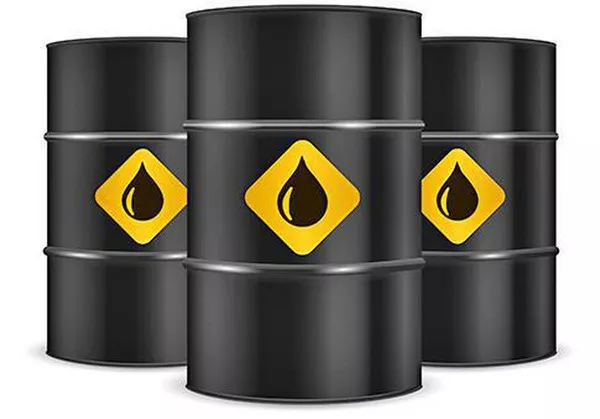Day trading oil futures can be an exciting and potentially profitable venture for traders looking to capitalize on the price fluctuations in the oil market. However, it is a complex and volatile market that requires knowledge, skill, and a well-defined trading strategy. In this ultimate guide, we will explore the essential aspects of day trading oil futures, including market dynamics, trading strategies, risk management, and key considerations for success.
Understanding Oil Futures
- What are Oil Futures?: Oil futures are financial contracts that allow traders to speculate on the future price of oil. These contracts represent an agreement to buy or sell a specific quantity of oil at a predetermined price and date in the future.
- Market Factors: Various factors influence the price of oil, such as supply and demand dynamics, geopolitical events, economic indicators, and weather conditions. Understanding these factors and their impact on oil prices is crucial for successful day trading.
- Contract Specifications: Familiarize yourself with the contract specifications, including the contract size, tick size, trading hours, and margin requirements. Each futures exchange may have slightly different specifications, so it’s essential to research the specific market you wish to trade.
Developing a Trading Strategy
1. Technical Analysis: Utilize technical analysis tools and indicators to analyze price patterns, trends, and support/resistance levels. This can help identify potential entry and exit points for trades.
- Candlestick patterns
- Moving averages
- Trend lines
- Oscillators (e.g., RSI, MACD)
2. Fundamental Analysis: Stay informed about global economic news, geopolitical developments, and oil market-specific events. Fundamental analysis helps you understand the underlying factors that drive oil prices.
- Inventory reports
- OPEC decisions
- Economic data (e.g., GDP, employment, inflation)
- Supply disruptions and geopolitical tensions
3. Risk Management: Implement proper risk management techniques to protect your capital and minimize losses.
- Setting stop-loss orders
- Using trailing stops
- Determining position size based on risk tolerance
- Avoiding overtrading and emotional decision-making
Trading Techniques
1. Scalping: This technique involves taking quick trades with small profit targets. Traders look for short-term price fluctuations and capitalize on rapid movements.
- Identifying volatile periods
- Utilizing tight stop-loss orders
- Monitoring order flow and volume
2. Breakout Trading: Traders look for price breakouts above or below key levels of support or resistance. Breakouts can signal significant price movements and provide opportunities for profitable trades.
- Identifying key levels
- Waiting for confirmation of breakout
- Managing risk with proper stop-loss orders
3. Trend Following: Traders aim to capture longer-term trends in the oil market. This strategy requires identifying an established trend and entering trades in the direction of that trend.
- Identifying trend direction using moving averages or trend lines
- Waiting for pullbacks or retracements to enter trades
- Using trailing stops to protect profits and ride the trend
Key Considerations for Success
- Education and Practice: Continuously educate yourself about the oil market, trading strategies, and risk management techniques. Practice your trading strategy in a simulated trading environment before risking real capital.
- Market Research: Stay updated with the latest news, reports, and market analysis related to the oil industry. This knowledge can help you make informed trading decisions.
- Emotional Discipline: Maintain emotional discipline and avoid letting fear or greed dictate your trading. Stick to your trading plan and avoid impulsive trades based on emotions.
- Risk Capital: Only trade with risk capital – funds that you can afford to lose without jeopardizing your financial well-being.
- Technology and Tools: Utilize advanced trading platforms and tools that provide real-time market data, charting capabilities, and order execution functionality.
Conclusion
Day trading oil futures requires a solid understanding of market dynamics, a well-defined trading strategy, and effective risk management techniques. By familiarizing yourself with the intricacies of oil futures, developing a trading strategy that suits your style, and staying disciplined and informed, you can increase your chances of success in this dynamic market. Remember, day trading involves risks, and it’s essential to approach it with caution and a commitment to continuous learning and improvement.

